A breath of fresher air
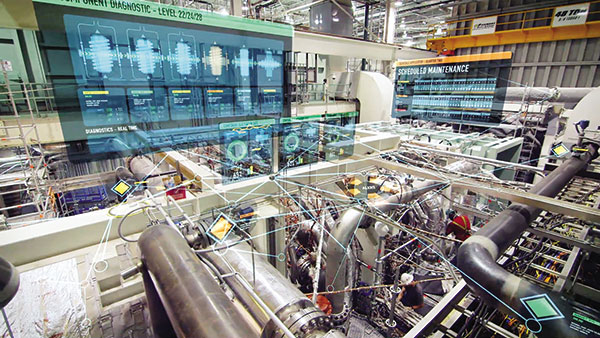 |
But to make or extract those materials or fuels is not an easy process. It has an impact on the environment and on air quality that needs to be minimised.
For decades now, GE Steam Power Systems has been leading the charge within the industry to improve air quality. Today, the company remains at the forefront of these efforts to reduce air pollution, helping customers around the world clean up the emissions they generate through their energy generation or industrial processes.
To date, the company has installed air quality control systems in power and industrial plants across the globe that collectively account for around 500 gigawatts of output, removing countless pollutants and harmful substances from the air we all breathe. The historic contribution GE’s technology has made to cleaning up our air is incalculable – but it is the company’s latest solutions that have the potential to be a “game changer” in the battle against air pollution.
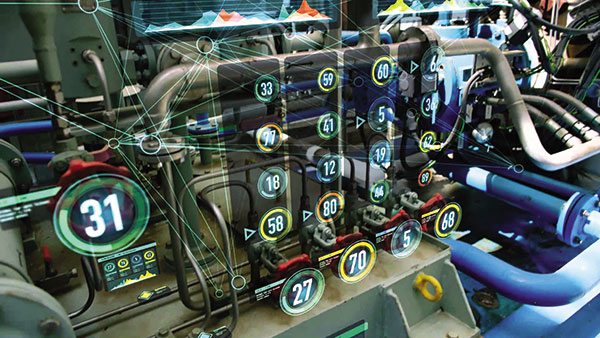 |
| The digital systems of the future are in pilot stage now at plants in Northern Europe |
Long term commitment
Drawing on a host of advanced tools, from dry and wet flue gas desulfurisation (FGD) technology to particulate control systems (electrostatic precipitators and fabric filters) and selective catalytic reduction systems (SCR), GE Steam Power Systems is now able to deploy solutions that remove up to 99 per cent of particulate matter, 98 per cent of sulphur oxide (SOx), 95 per cent of nitrogen oxide (NOx), and 92 per cent of mercury and other pollutants from power and industrial plant emissions.
These impressive removal rates are a testament to GE’s long-standing commitment to innovation, and have only been made possible through its continuous investment in research and development of the most effective and efficient technology. The company currently earmarks between 4 and 5 per cent of its annual revenues for R&D activity and has thus, over the course of many years, invested millions of dollars into pioneering new technologies that capture hazardous pollutants and greenhouse gas emissions.
Global expertise
In terms of human resources, GE employs more than 1,000 experts who focus solely on advancing a range of clean air and environmental initiatives.
“We have established four state-of-the-art centres of technological development around the world, and each works towards the same goal of enabling our customers to meet the strictest environmental regulations at the lowest cost,” said Fernando Bertoni, head of Environmental Control Solutions at GE Steam Power Systems.
“The dry FGD and particulate matter systems are developed and tested in Växjo, Sweden, the wet flue gas technology is nurtured and developed just outside Milan, Italy, and the SCR technology is in the US-state of Tennessee, so this truly is a large, global effort to tackle a global problem.”
The other centre, which specialises in seawater FGD systems, is located in Beijing, China, a city that has often been the scene of air quality alerts, and whose inhabitants understand only too well the urgency of dealing with contaminated air. The seawater FGD technology that GE has been developing for over 40 years is supplied to power plants and industrial facilities located in coastal areas around the world, including in Asia, Europe, and the Middle East. It works by taking seawater and using it as a reagent to absorb sulphur dioxide emissions. A pulse-jet fabric filter system then helps to keep particulate emissions at the plant below 50 milligrammes per cubic metre (mg/Nm3).
GE air quality control systems can be used by many power plants and industries
The multiple air quality control systems that GE is able to offer its customers can be applied across a wide range of power plants and industries that rely on different types of fuel and have different capacities. They can be used in all kinds of fossil-fuel powered plants, for example, as well as in waste-to-energy, aluminum, cement, oil and gas, steel, and pulp and paper facilities.
Moreover, the systems can also be installed in new builds or retrofitted into existing units, with GE able to provide various offerings from a single component to a complete system to help customers apply the best solution to reduce emissions and comply with increasingly tough restrictions.
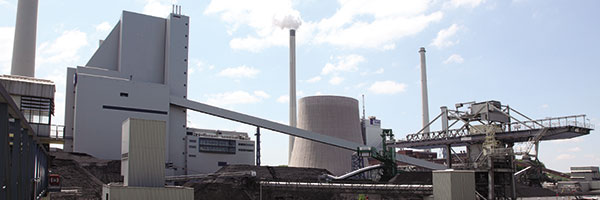 |
| Running on GE technology, Germany’s RDK8 power station is the world’s most efficient coal-fired steam power plant |
Solutions for all types of machinery and equipment
GE can also service and upgrade equipment supplied by other original equipment manufacturers (oOEM), with solutions including planning and installation, maintenance and repairs, advanced technology upgrades, outcome-based service agreements, scalable plant-level solutions and plant recommissioning/relocations.
Customers find this capability helpful, as well as GE’s ability to work across the full balance of a plant and not just on its air quality control systems.
“When it comes to optimising the performance and long-term value of your steam power plant, imagine having the support- and continuity- of a single service provider that understands the full plant-as-a-system impact for all your installation, maintenance, repair and upgrade activities, while in harmony with emission control standards. You can fully harness the synergies within all the interconnected systems across your operations,” said Anders Maltesen, region general manager, Power Services, Asia Pacific.
“Driven by more than 230 years of power generation services experience- the Power Services portfolio stretches across the horizon of total power plant capabilities, GE’s Power Services business has the flexibility to solve any combination of needs- and support any asset mix- throughout your plant’s life cycle,” he added.
In the context where air quality regulations are constantly evolving and becoming ever more stringent, the fact that the company’s technology not only allows operators to comply with environmental legislation but go beyond what regulators ask is vitally important for customers. It means operators have the flexibility to operate with stricter regulations in the future, which might otherwise have forced them to introduce costly new systems, implement expensive upgrades or shut down their facilities.
Reducing power consumption
Finding new ways to reduce the amount of power used by its solutions is another important focus area for GE. Reducing power consumption in this way not only produces environmental benefits - as less fuel is needed to power the system - but also generates significant financial savings for the operator. These economic gains are one reason why it is cost-effective to invest in the technology in the first place.
Another reason why companies are investing in the technology is that, amid growing corporate sensitivity for lower environmental footprints, companies have been encouraged to focus on the outcome of their production. Operators also want to comply with regulations, causing them to seek out the best solutions available.
Those systems, Bertoni contended, are presently made by GE, and they will assuredly improve in the years ahead, as the company begins to integrate its market-leading air quality technology with its cutting-edge digital capabilities.
Digital Industrial solutions make a difference
GE Steam Power Systems has embraced the digital transformation, working on two pilot projects - one at a small waste-to-energy plant in Norway and another at a steam power plant in Northern Europe - where it is collecting data from its air quality control systems and transporting it to the a secure, cloud-based environment for analysis using Predix, the operating system for the Industrial Internet. The objective is to find ways of optimising overall system performance by crunching the data and predicting future plant performance so that even more pollutants can be removed from plant emissions, more efficiently and at lower cost.
The digital technologies developed by GE at its testing centre in Sweden are being employed to allow operators to monitor their emissions live, in real-time. With GE’s advanced controls and cyber security software, the digital power plant (DPP) for steam interprets data drawn from sensors across the power plant, highlighting key factors affecting performance (fuel quality, plant aging and external conditions), then taking appropriate action through a closed loop control system.
Real-time monitoring of these factors is important when steam plants are used as a source of ancillary power, requiring them to ramp-up generation faster and more often than they’re designed to do. Without effective monitoring and control of key plant processes, fuel consumption may be inefficient, emissions may increase, and equipment life may be impacted.
GE’s DPP software can enhance the performance and reduce emissions of almost all steam plants – including non-GE and legacy Alstom plants commissioned in the past 25 years by contributing up to 1.5 per cent efficiency over the life of a plant, helping to maintain peak efficiency for longer periods of time.
“This is a really exciting development and key to developing optimisation solutions,”said Bertoni, “It’s also very cool because imagine if you can hold your iPad in your hand and look at how your equipment is performing second by second, while you can develop the next suite of solutions together with your customer. To put it another way, you can see your baby in action,” he added.
But this is far from a technological gimmick. The innovation in air quality systems and the integration of digital serves an important purpose.
“The real world impact of these technological advances will be profound. In the 1970s, for example, you had acid rain falling on parts of Northern Europe, but that is no longer the case because systems have been developed to remove the sulphur from the emissions and hence put a stop to it. As citizens of the world we have a responsibility to do more to clean up our air so that future generations can enjoy healthy lives and inherit an environment that isn’t blighted by air pollution. At GE, we are proud that our technology is helping companies and countries around the globe to realise this vision,” Bertoni said.
What the stars mean:
★ Poor ★ ★ Promising ★★★ Good ★★★★ Very good ★★★★★ Exceptional
Latest News
More News
- Addressing Vietnam's energy challenges with aeroderivative gas turbines (February 28, 2023 | 09:33)
- How to sprint ahead in 2023’s worldwide energy priorities (February 08, 2023 | 13:55)
- Boosting Vietnam's grid stability through gas turbine technology (November 22, 2022 | 20:02)
- Healthcare trio collaborates to provide thousands of free breast scans (October 27, 2022 | 17:19)
- GE Healthcare's vision for AI-backed radiology (September 29, 2022 | 11:53)
- GE brand trio to shape the future of key industries (July 19, 2022 | 15:35)
- GE unveiling brand names and defining future (July 19, 2022 | 15:16)
- GE: the shortest route towards sustainability (July 18, 2022 | 08:00)
- Be proactive in an uncertain world (May 20, 2022 | 11:40)
- GE secures first 9HA combined cycle power plant order in Vietnam (May 16, 2022 | 17:06)





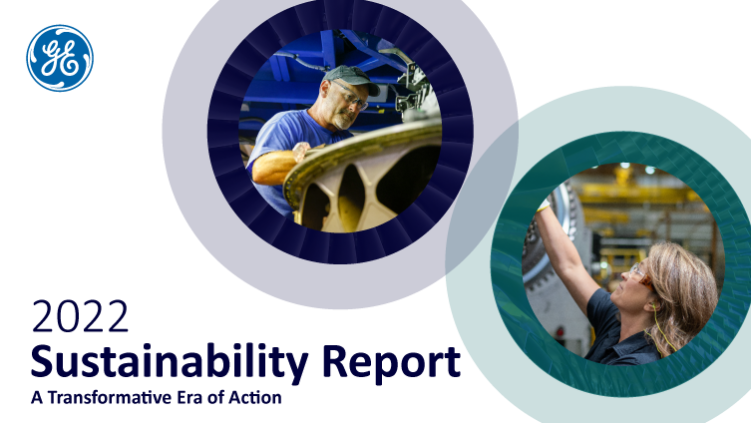
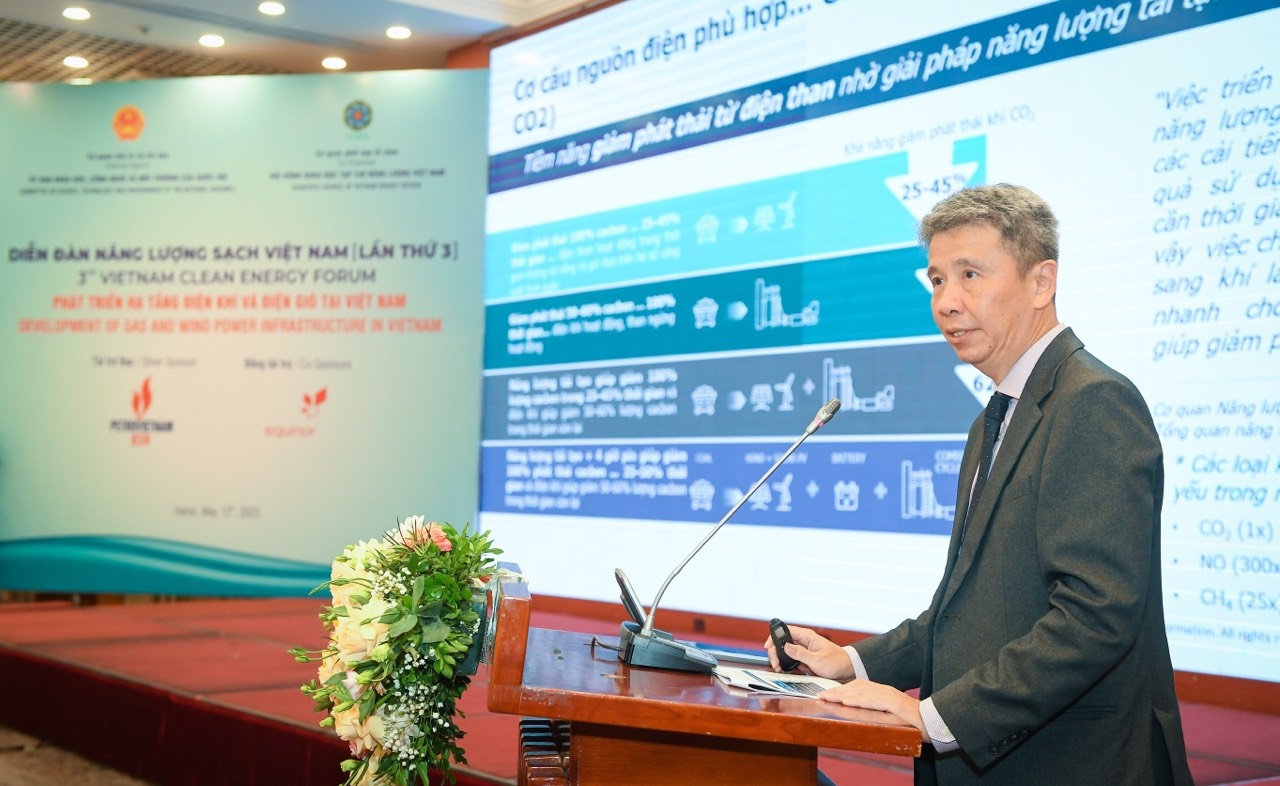
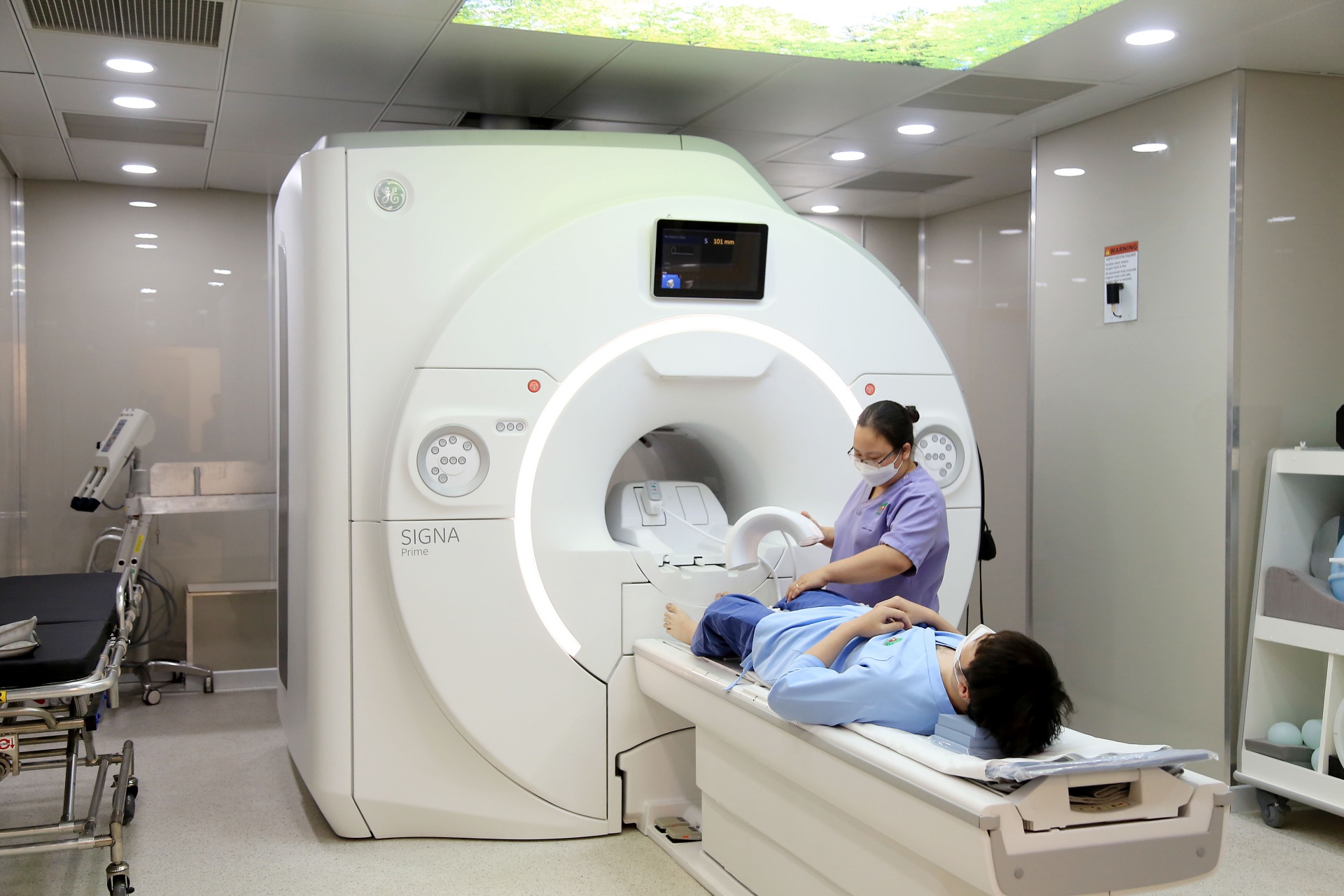
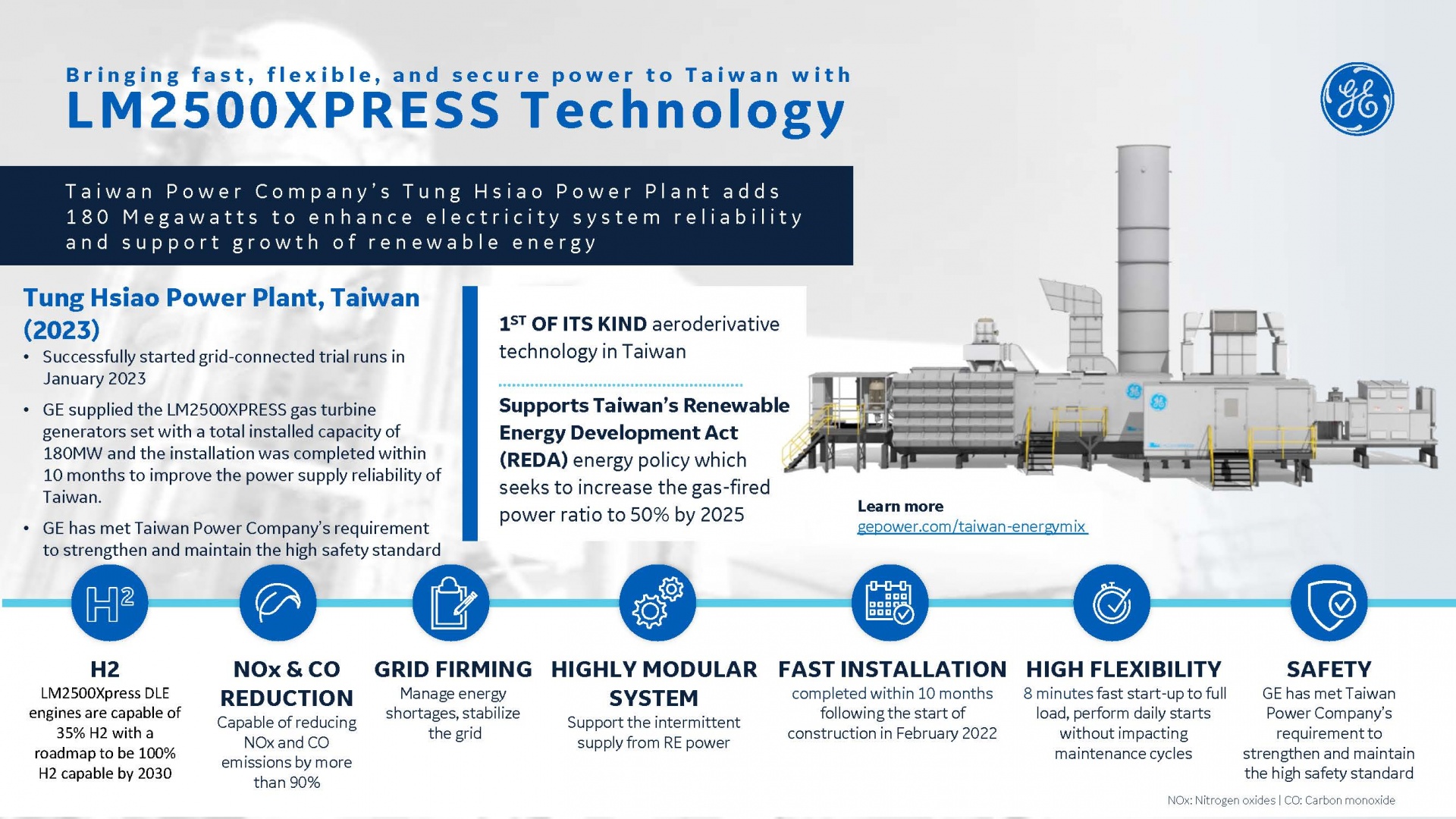









 Mobile Version
Mobile Version